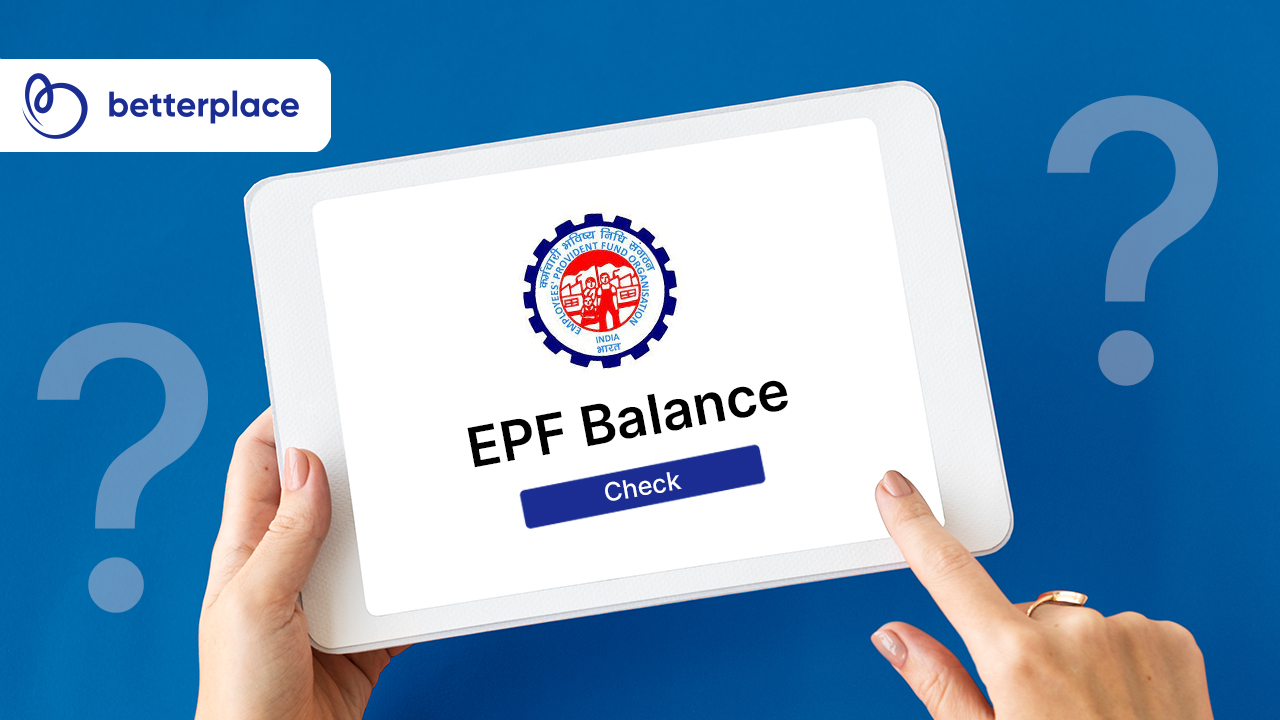After the salary, the next best thing the employees look for in a job is the number of annual leaves and the associated policy. Earned leaves or annual leaves are the paid days-off in addition to the holidays qualified to an employee. Therefore, employers need to put special focus while planning the annual leaves of their employees. Having general references will help you formulate a paid leaves policy in a better way in your employment contracts.
Factories Act
According to the Factories Act, 1948, an employee or a worker who has worked for a minimum of 240 days in a given year is qualified to get 12 working days as earned leave or annual leaves. The time duration of paid or earned leaves is different for adult workers and juvenile workers (under the age of 15 years).
An adult employee is qualified for a paid or earned leave of one day after 20 days of work, whereas, a juvenile worker, who is under 15 years of age, is qualified for paid or earned leave of one day after completing 15 working days. In short, the leave duration for adult workers and juvenile workers is 20 and 15 working days, respectively.
During the earned leaves period, the employees are paid normal daily wages. Thus, the worker is qualified to the daily wages for the entire annual leave period. A daily wage is an employee’s full-time income on a regular day, exclusive of bonuses and overtime. But it is inclusive of all other benefits like dearness allowances and cash equivalents generated from the sale of food articles and various articles to the worker.
Planned leave
If an employee takes a planned consecutive leave of four days or more, their wages should be paid prior to the start of the leave period. The Chief Inspector of Factories, the employer, and the worker’s committee, determine the leaves schedule by mutual considerations so that leaves do not impact the smooth workflow.
The worker can avail all or part of the leaves available annually in one go, but they need to notify the employer and seek permission in writing, a minimum of 15 days before the leave commencement date. Such requests should not be rejected unless it violates the leave policy that has already been agreed upon by all the parties. The worker cannot take annual leave more than thrice in a year, even when the leave is taken in parts.
Annual leaves could be carried forward to the subsequent year. However, the number is capped at 30 leaves. If the work contract finishes before the worker could use the annual leaves, then the unused leaves get compensated monetarily according to the average weekly work hours and the number of months.
Leave policy of non-standard or platform workers
Non-standard workers are often considered as independent contractors. Their work and leave policies are included under the OSH code (Occupational Safety, Health and Working Conditions Code, 2019).
The OSH code defines a worker as an individual who is not engaged as an apprentice under the Apprentice Act 1961 but is employed as per the wages decide by the establishment or organisation to do manual, unskilled, semi-skilled skilled, clerical, technical, managerial, supervisory, operational or administrative work for rewards or hire purposes, and where the rules of employment are implied or express.
The currently proposed legislation doesn’t explicitly apply to independent contractors who fall under the platform economy. But it allows the legal framework to enforce the law favourably and expansively to benefit the non-standard or platform employees. Similar considerations are also visible in the Draft Code on Social Security 2019.
Public holidays
Employees are qualified to get paid days-off for public holidays, which includes holidays for festivals, religious and memorial events. India has many religious and festival holidays, but only the below three are recognised as public holidays nationwide:
26th January or the Republic Day
15th August or the Independence day
2nd October or Gandhi Jayanti
Weekly days-off
The Indian labour law leave policy has a provision for weekly rest to workers. The workers are qualified to a minimum of 24 hours of rest period at the start of every week, which is Sunday. This rest duration is defined as paid rest time. Sometimes, the employer may want the worker to work during a weekly day-off. In such cases, the worker is qualified to get a substitute day-off three days after or before the normal weekly holiday.
If employers substitute the holidays of their employees, then they should make sure that their employees get an additional day-off in the ten-day work period.
If the organisation has exempted itself from the weekly leave policy and the employees are not provided with any weekly offs, then an equal amount of compensatory days-off should be provided within two months.
Apart from the earned leaves enforced by the Indian labour law leave policy, employers also provide their employees with different types of leaves, which include casual leaves, medical leave or sick leave, paternity or maternity leaves, compensatory work offs, and bereavement leave.








